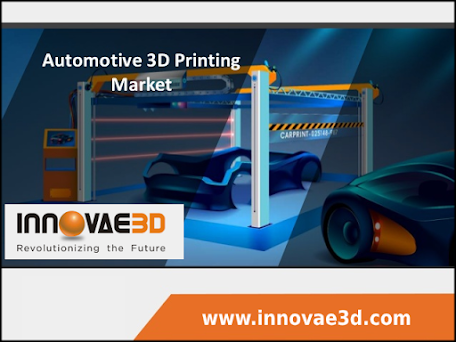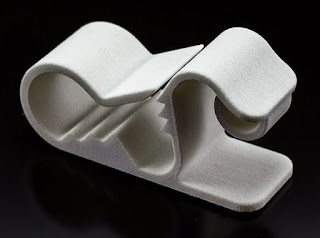How Polyjet 3D Printing is Transforming the Automobile Industry?
3D printed high-strength steels with composites and adhesives are like blessings to modern automobiles. The automotive industry is transforming with the help of novel and improved technologies like 3D printing, ultimately making the auto-parts stronger and lighter. Today, parts built on 3D Printing technology are highly popular among premium and military vehicles.
According to a recent report by Smar Tech Publishing, the 3D printing automotive market will reach $2.3 billion by the year 2021.
Re-manufacturing
Re-manufacturing is referred to as the manufacturing of parts of age-old vehicles that are still running but discontinued by the manufacturer. However, automobile companies still need to service them with the provision of spare parts.
In such cases, Re-manufacturing is possible with Polyjet 3D Printing due to its quick production abilities. Re-manufacturing through 3D Printing helps OEMs (Original Equipment Manufacturer) to decrease inventory and generate parts for their discontinued vehicles.
Thus, to support discontinued vehicles or vehicles older than 15 to 20 years, automobile companies have started using 3D Printing to quickly manufacture related parts and assist their loyal customers.
Ideal for Jigs and Fixtures
With mass production in mind, 3D printing isn’t ideal for all parts. However, 3D Printing is helpful for developing jigs and fixtures at much lower costs than traditional manufacturing processes. 3D Printing can manufacture ergonomically designed lighter and stronger tools that further helps toin crease repeatability. Higher the repeatability the more reliable parts can be developed with exactly similar properties.
Combined Assemblies
Another transformation using 3D Printing technology is that the assemblies of various child parts can be easily combined to form a single 3D printed part. This ultimately reduces the time wasted in assembling numerous parts together.
Manufacturing of Complex Interiors
3D Printing processes like Selective Laser Sintering and PolyJet 3D Printing can manufacture the highest quality and complex interior objects of cars. PolyJet 3D Printing also allows the use of different colors in a single go, offering better customization as per the customer requirements. Additionally, many automobile companies provide different interiors as per the version of a model. Thus, you may have observed that top models look more premium from inside as compared to the base version.
Generally, a very less volume of buyers choose premium features and therefore, the volume of manufacturing is also significantly less. Therefore, for such lower manufacturing volumes, carmakers can utilize 3D printing technologies to provide a range of premium features in a shorter span of time with much lesser investment.
Flexible Design Changes
In the early stages,while designing the parts of a vehicle using 3D printing processes, users can scale up rapidly before the part finally comes to the assembly line. The designing stage in the 3D Printing process assists designers to check different forms of a part according to a range of real-life functions. It further assists them to finalize the end design much swiftly as compared to the traditional testing approach.
When it comes to the design of automotive components, it differs according to the country. Few countries require vehicles with higher ground clearance due to stiff roads and other countries may have roads that are suitable for vehicles with lower ground clearance. As a result, parts from chassis, suspensions to rim size change for a single model sold in two different countries.
In such cases of drastic design changes, 3D Printing is a quick way to manufacture these automobile components with greater accuracy. Such manufacturing is highly feasible through the 3D printing process as it enables more precision and easy fit of assembly components.
All across the world, the automobile sector is considered as one of the fastest-growing as well ashighly complexsector. However, the industry is facing tremendous challenges in manufacturing, design, and validation of its components. Such challenges can only be eliminated with the help of proven technologies like 3D Printing. 3D printing is highly capable to fulfill a diverse range of manufacturing requirements including the initial design and complex manufacturing. Additionally, with constantly evolving 3D Printing processes, it remains the hotspot for innovators and investors.


Comments
Post a Comment